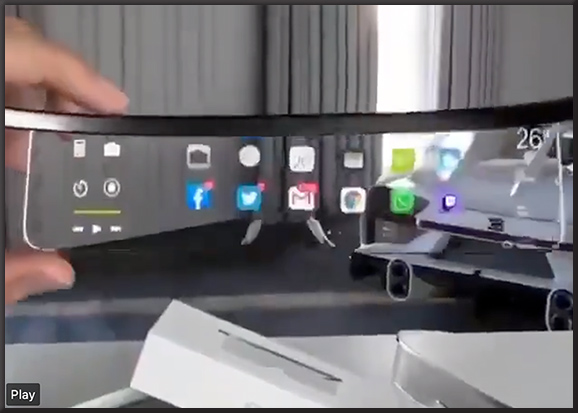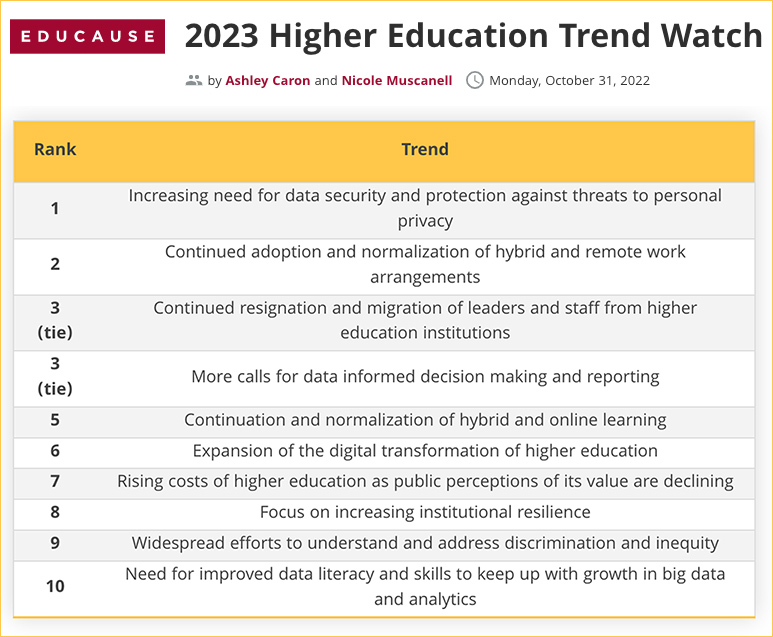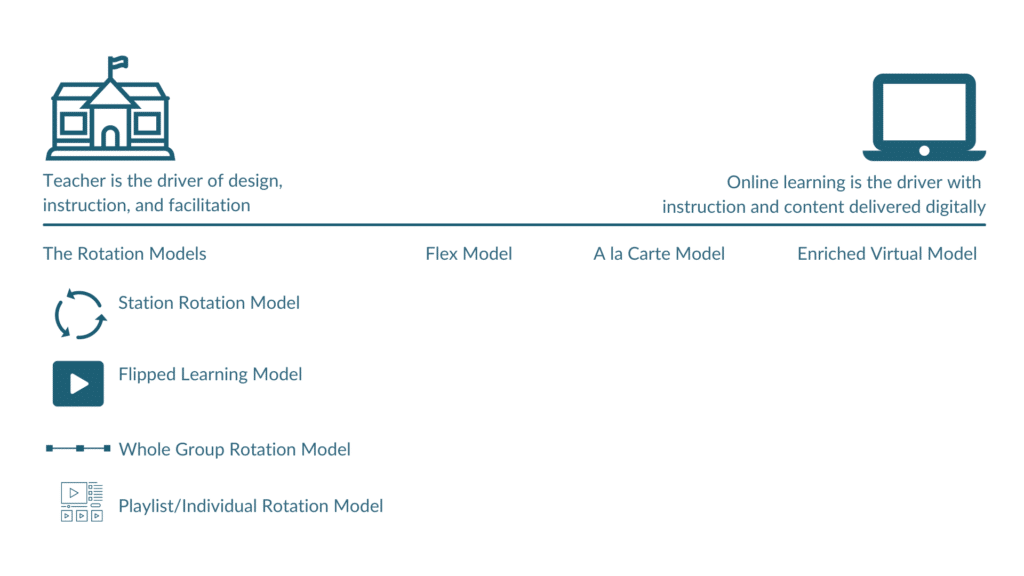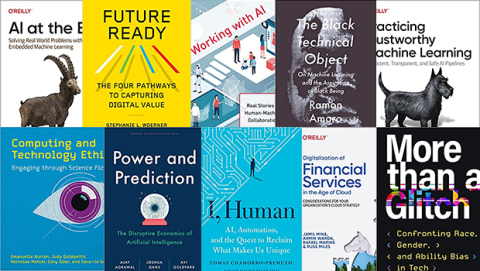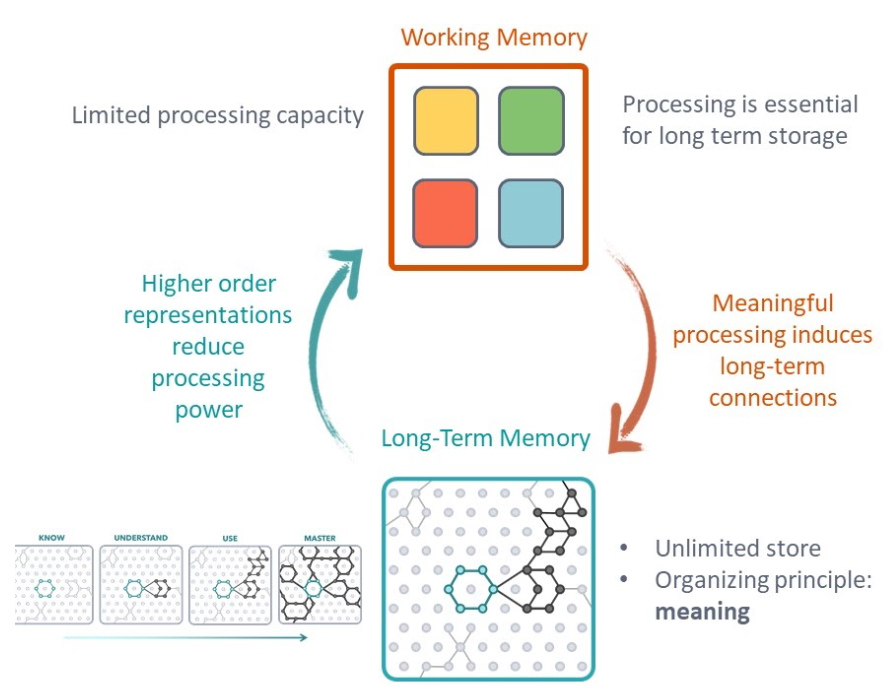The incredible shrinking future of college — from vox.com by Kevin Carey
Excerpt:
The future looks very different in some parts of the country than in others, and will also vary among national four-year universities, regional universities like Ship, and community colleges. Grawe projects that, despite the overall demographic decline, demand for national four-year universities on the West Coast will increase by more than 7.5 percent between now and the mid-2030s. But in states like New York, Ohio, Michigan, Wisconsin, Illinois, and Louisiana, it will decline by 15 percent or more.
Higher ed’s eight-decade run of unbroken good fortune may be about to end.
Demand for regional four-year universities, per Grawe, will drop by at least 7.5 percent across New England, the mid-Atlantic, and Southern states other than Florida and Texas, with smaller declines in the Great Plains. Community colleges will be hit hard in most places other than Florida, which has a robust two-year system with a large Latino population.
The next generation of higher education leaders will take scarcity as a given and “return on investment” as both sales pitch and state of mind.
The decline of American higher education — from youtube.com by Bryan Alexander and Kevin Carey
Most Colleges Omit or Understate Net Costs in Financial-Aid Offers, Federal Watchdog Finds — from chronicle.com by Eric Hoover
Excerpt:
Nine out of 10 colleges either exclude or understate the net cost of attendance in their financial-aid offers to students, according to estimates published in a new report by the Government Accountability Office. The watchdog agency recommended that Congress consider legislation that would require institutions to provide “clear and standard information.”
The lack of clarity makes it hard for students to decide where to enroll and how much to borrow.
The report, published on Monday, paints a troubling picture of an industry that makes it difficult for consumers to understand the bottom line by presenting insufficient if not downright misleading information. Federal law does not require colleges to present financial-aid offers in a clear, consistent way to all students.
Higher ed faces ‘deteriorating’ outlook in 2023, Fitch says — from highereddive.com by Rick Seltzer
Dive Brief (excerpt):
- U.S. higher education faces a stable but deteriorating credit outlook in 2023, Fitch Ratings said Thursday, taking a more pessimistic view of the sector’s future than it had at the same time last year.
- Operating performance at colleges and universities will be pressured by enrollment, labor and wage challenges, according to the bond ratings agency. Colleges have been able to raise tuition slightly because of inflation, but additional revenue they generate generally isn’t expected to be enough to offset rising costs.
Merger Watch: Don’t wait too long to find a merger partner. Closure does not benefit anybody. — from highereddive.com by Ricardo Azziz
Leaders fail students, employees and communities when they embrace a strategy of hope in the face of overwhelming evidence.
Excerpt:
While not all institutions can (or should be) saved, most institutional closures reflect the failure of past governing boards to face the fiscal reality of their institution — and to plan accordingly and in a timely manner. Leaders should always consider and, if necessary, pursue potential partnerships, mergers, or consolidations before a school has exhausted its financial and political capital. The inability or unwillingness of many leaders to take such action is reflected in the fact that the number of institutional closures in higher education far outweighs the number of successful mergers.
In fact, the risk of closure can be predicted. In a prior analysis several coauthors and I reported on a number of risk factors predictive of closure, noting that most schools at risk for closure are small and financially fragile, with declining enrollment and limited resources to mount significant online programs. While there are many clear signs that a school is at risk for closure, the major challenge to mounting a response seems to be the unwillingness of institutional leaders to understand, face and act on these signs.
What can colleges learn from degrees awarded in the fast-shrinking journalism field? — from highereddive.com by Lilah Burke
Bachelor’s degrees offer solid payoffs, while grad programs post mixed returns, researchers find. But many students don’t go on to work in the field.
Excerpt:
Journalism jobs are hard to find. But it’s nice work when you can get it.
That’s the takeaway from a new report from the Georgetown University Center on Education and the Workforce on the payoff of journalism programs. An analysis of federal education and labor data reveals that journalism and communication bachelor’s degrees offer moderate payoff to their graduates, but only 15% of majors end up working in the field early in their careers. Newsroom employment has declined 26% since 2008, and researchers predict it will fall 3% over the next nine years.
Addendum on 12/10/22:
A Sectorwide Approach to Higher Ed’s Future — from insidehighered.com by Sylvia M. Burwell
Institutions must seek ways to differentiate themselves even as they work together to address common challenges facing all of higher education, writes Sylvia M. Burwell.We have to think differently about the future of higher education. And rather than limit our work to what one type of institution or program can achieve, we should look across the entire higher education sector.
A sectorwide [insert DSC: system-wide] approach is needed because the economics of higher education are not going to hold.
…
To evolve our thinking on these questions, we should focus on the value proposition of higher education and market differentiation.









